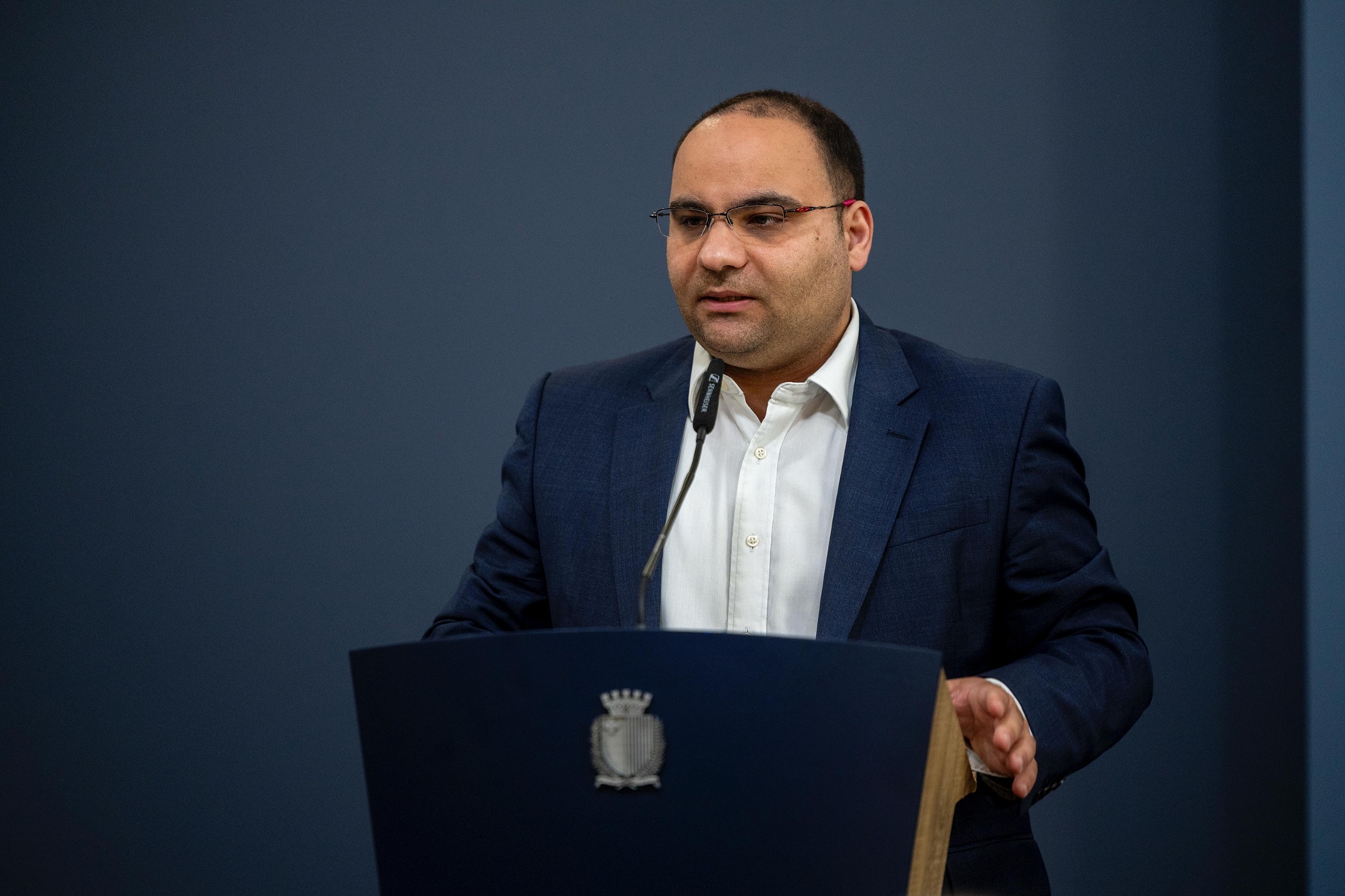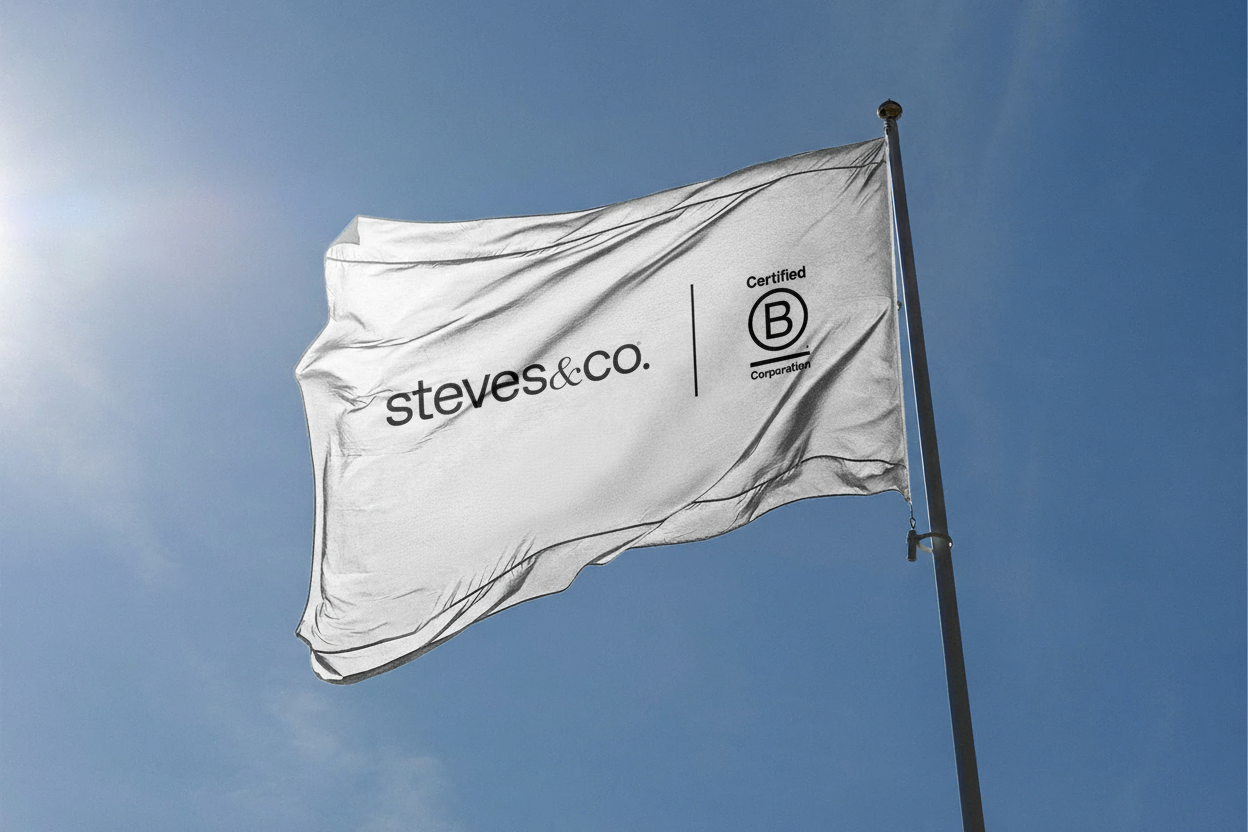Since early 2024, I have been very vocal, both through the media and also via seminars dealing with capital market developments, on the need for some companies whose shares are listed on the Malta Stock Exchange (MSE) to carry out share buybacks.
I had stated regularly that in my opinion, a share buyback is one of the initiatives that could help improve trading activity on the secondary market since it could provide a possible exit route for investors to liquidate part or all of their investment if circumstances so require. In my view, with such a programme in place, this would additionally encourage various types of investors to participate in the market once again and thereby create improved liquidity similar to the situation prior to the onset of the COVID-19 pandemic.
Earlier this week, Bank of Valletta plc (BOV) issued its first announcement on its buyback programme and given that the two largest companies listed on the MSE are now buying back their own shares, it is important to revisit the subject matter and to take stock of developments in this respect.
As a start, it is worth clarifying that the programmes in place at BOV and Malta International Airport plc (MIA) are not identical. In fact, while the buyback programme of the airport operator involves the eventual cancellation of shares following the buyback, that of BOV is termed as ‘non-cancellable’ and therefore similar to the issuer market making initiative that was mentioned in the 2nd Capital Markets Roundtable organised by the MSE last January. However, as a start, BOV would still need to perform a share buyback before considering the market making process or the eventual allocation of these shares “through initiatives that reinforce long-term shareholder value” as stated by the bank’s CFO Kevin Cardona in the press release issued last week commemorating the commencement of the buyback programme.
Last Monday BOV announced that during the week between 18th August and 22nd August, it purchased a total of 13,098 shares at a price of €1.95 only on the first day of the share buyback programme. It is interesting to note that the bank bought back its shares at this price although there was no entitlement to the upcoming net interim dividend of €0.0556 per share payable next week.
Meanwhile, MIA has also been issuing weekly announcements following the commencement of their buyback programme at the start of June. Between 2nd June and 4th July, a total of 21,284 shares had been repurchased by the company for approximately €127,000, at a weighted average price of €5.95. The share buy-back programme was then suspended between 5th July and 5th August in view of the restrictions to trade in financial instruments during a ‘closed-period’, which is one month preceding the publication of financial statements. It resumed on 6th August after the publication of the interim financial results. Market participants and investors may have noted that during the first five weeks of the share buyback programme, the daily volume amounted to circa 900 shares while the average daily volume has now dropped to just over 400 shares as from 6th August.
This is due to the fact that MIA’s share buyback is being conducted under a ‘safe harbour’ framework, offering legal protection against allegations of market manipulation and insider dealing if all the strict conditions imposed by the market abuse regulations are met.
Under the safe harbour, transactions must occur on regulated markets (and not off-market) and must not exceed 25 per cent of the average daily volume over the preceding 20 trading days. Moreover, the purchase price must not exceed the last traded price or the current market bid.
On the other hand, in its announcement on 31 July 2025, BOV explained that it will not be possible to conduct the share buyback programme in full compliance of the safe harbour provisions. Nevertheless, the bank stated that it intends to comply with the relevant safe harbour provisions to the extent practicable, with the exception of the trading volume parameters in order to facilitate market liquidity.
Incidentally, the 13,098 shares bought back on 18 August is very much in line with the 25 per cent limit of the average daily volume over the preceding 20 trading days.
BOV allocated a total of €7.8 million from the profits generated during the first half of 2025 as a share buyback reserve. The share buyback programme was approved by shareholders at the Annual General Meeting on 29 May and received regulatory approval in July. BOV is authorised to repurchase up to 3,060,000 shares over a period of 12 months within a price range of €1.55 and €2.55 per share. Give the total issued share capital of the bank, the approved share buyback programme equates to just below 0.5 per cent of the issued share capital.
Meanwhile, MIA’s share buyback programme authorises the company to repurchase up to one per cent of its issued share capital, equivalent to 1,353,000 shares, within a price range of €3.00 and €7.38 per share. However, since the company has to abide by the volume restrictions under the safe harbour framework, the total volume that would be permissible would be a very small percentage of the total amount approved by shareholders as is very evident from the amounts acquired over recent weeks. This is also due to the fact that MIA will also not be buying shares during the closed period indicating fewer trading days available since the company publishes its financial statements quarterly.
On the other hand, during the recent financial analyst meeting of BOV on 31st July, the bank had clarified that within their internal guidelines, there are no plans to stop trading activity during their closed periods.
Without delving into too many technical details on the obligations of companies under the market abuse regulation during a share buyback programme, the different approach by BOV and MIA is clear from a trading activity perspective. Unfortunately, a circular by the MFSA issued in June 2022 which made reference to a report by ESMA stated that for the automatic safe harbour protection to apply for listed companies, “the requirement of 25 per cent of the average daily volume applies even in cases of extreme low liquidity”. However, the same circular immediately clarifies that “not respecting this limit in view of extreme low liquidity will not lead automatically to the conclusion that market manipulation has been committed”.
The circular also recognises the difficulties in applying the requirements in the local context and concludes by explaining that the MFSA expects compliance with the regulations “especially where public disclosure and price conditions are involved”. The lack of emphasis, in this wording, on the volume conditions may possibly be an indication of a general recognition that these restrictions can be very restrictive locally and their strict application may require further consideration on a case-by-case basis. This is an important point that requires to be debated further for an increasing number of equity issuers in Malta to also perform share buybacks.
Despite the low volumes evident so far, I still believe that a share buyback is very beneficial and an initiative which should be in force annually for companies that have the right credentials in place. Since this is a new concept for the Maltese capital market, it is understandable that the procedure can be streamlined further in the future. Given the specific peculiarities of the Maltese equity market, the financial community needs to engage in a constructive dialogue to develop a better workable solution to have a more effective procedure in place for this initiative and others that are fundamental for a better functioning market.
Read more of Mr Rizzo’s insights at Rizzo Farrugia (Stockbrokers).
The article contains public information only and is published solely for informational purposes. It should not be construed as a solicitation or an offer to buy or sell any securities or related financial instruments. No representation or warranty, either expressed or implied, is provided in relation to the accuracy, completeness or reliability of the information contained herein, nor is it intended to be a complete statement or summary of the securities, markets or developments referred to in this article. Rizzo, Farrugia & Co. (Stockbrokers) Ltd (“Rizzo Farrugia”) is under no obligation to update or keep current the information contained herein. Since the buying and selling of securities by any person is dependent on that person’s financial situation and an assessment of the suitability and appropriateness of the proposed transaction, no person should act upon any recommendation in this article without first obtaining investment advice. Rizzo Farrugia, its directors, the author of this article, other employees or clients may have or have had interests in the securities referred to herein and may at any time make purchases and/or sales in them as principal or agent. Furthermore, Rizzo Farrugia may have or have had a relationship with or may provide or has provided other services of a corporate nature to companies herein mentioned. Stock markets are volatile and subject to fluctuations which cannot be reasonably foreseen. Past performance is not necessarily indicative of future results. Foreign currency rates of exchange may adversely affect the value, price or income of any security mentioned in this article. Neither Rizzo Farrugia, nor any of its directors or employees accepts any liability for any loss or damage arising out of the use of all or any part of this article.
Why fertility is more than economics and taxes
Economist JP Fabri argues that fertility ‘is as much a reflection of collective imagination as it is of personal means’
APS aiming to accelerate market share gains
Examining APS Bank’s strong Q3 2025 performance and its implications for investors amid the ongoing €45 million rights issue
Steves&Co. becomes Malta’s first Certified B Corporation™
Joining the worldwide movement, delivering impact and purpose together







